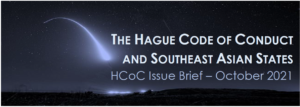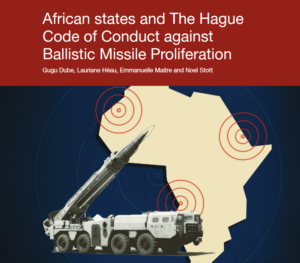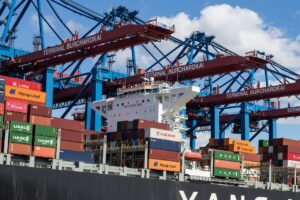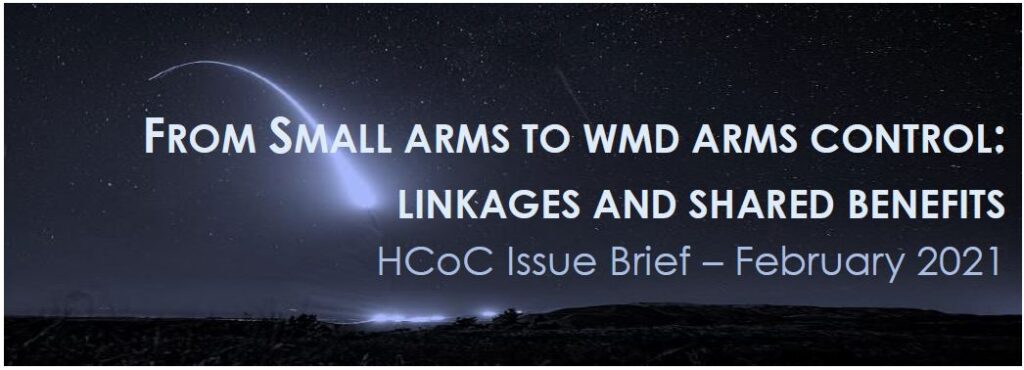
Small arms vs. WMD proliferation: separate issues?
The proliferation of weapons of mass destruction (WMDs) and of conventional weapons – including small arms and light weapons (SALW) and anti-personnel landmines – are, in many ways, disconnected threats. For many governments in Southeast Asia, Africa, the Caribbean region and Latin America, the latter constitutes a much more acute challenge than WMD proliferation because SALWs contribute significantly to the onset and intensity of civil wars, facilitate the erosion of a country’s social fabric, and cause infinitely more victims. WMD proliferation is viewed as a more extraneous matter with a threat potential that is highly remote and with limited relevance to the existing regional security reality.
Besides their distinct risks, WMDs and conventional weapons vary in terms of their proliferation dynamics. SALW trafficking, for example, is a more widespread phenomenon since these weapons are less strictly regulated, and the proliferation networks, actors and methodologies involved are different from those that facilitate WMD proliferation. Accordingly, detection strategies for the illicit transfer of WMDs and that of conventional weapons also diverge to some extent.
Nonetheless, there are also strong linkages between WMD and conventional weapons proliferation. Firstly, many of the same factors that increase the risk of conventional weapons proliferation also enhance the potential for WMD proliferation. Secondly, both threats undermine regional security and development and can cause widespread destruction. Additionally, the prevention of both WMD and of conventional weapons proliferation requires similar resources, capacities and good practices– especially with regard to border control and weapons trafficking. Investment in WMD NPD measures therefore offers overlapping benefits with conventional weapons NPD efforts. Finally, some regions that are today preoccupied by SALWs were once impacted by WMDs – as illustrated by South Africa’s former nuclear program or Cuba’s hosting USSR medium-range nuclear missiles.
In brief
The proliferation of WMD and of conventional weapons are, in many ways, separate threats with different levels of impact and proliferation dynamics.
However, there are linkages between WMD and conventional weapons proliferation. Notably, the same factors increase the risk of both threats, including geographic vulnerabilities.
Subscription to the main WMD non-proliferation and disarmament (NPD) instruments varies across regions but is relatively strong in some. However, the quality of their implementation is often limited, in part due to resource constraints, and secondary NPD initiatives such as the HCoC have received less support.
Stronger investment in NPD measures like the HCoC offers benefits for both national and regional security and development needs.
Author: Eloise Watson
WMD proliferation risks in traditionally SALW-focused regions
Geographic vulnerabilities.
Numerous regions have vast, porous international borders or are home to vital transport corridors or shipping lanes. These facets can make them preferred hubs for illicit activities and make it more difficult to screen for such activities. For example, there are more than thirteen transport corridors that link the Intergovernmental Authority on Development region in Eastern Africa, which could be exploited by illicit networks and non-state actors – including terrorist groups – seeking to transfer both SALWs and WMD-related goods. Proliferation of WMDs and their delivery systems could also be facilitated as a result of Northern Africa’s geographic proximity to the Middle East – a region where chemical weapons attacks have recently occurred, where ballistic missile systems are used regularly, and where non-state actors are increasingly becoming recipients – and end-users – of clandestine ballistic missile trafficking.i
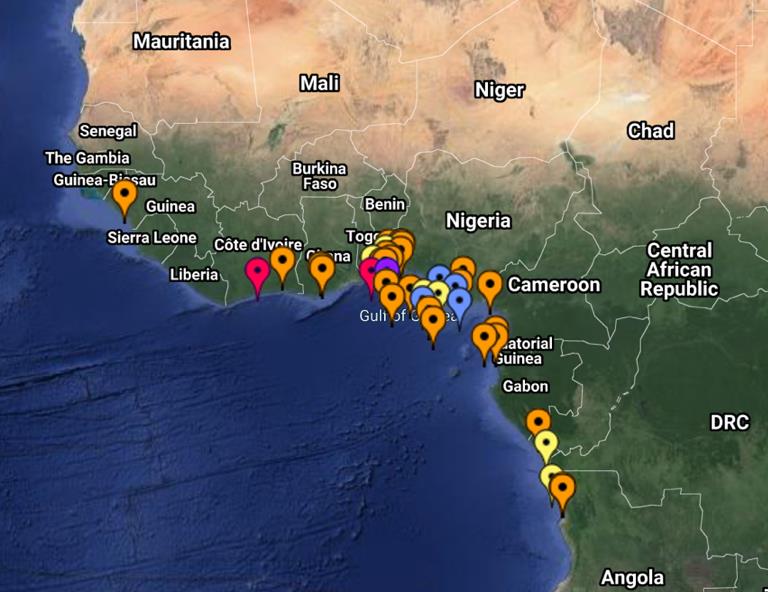
Capacity deficit.
Geographic vulnerabilities are often exacerbated by national or regional capacity deficits. Resource constraints can lead to insufficient maritime domain awareness, making specific maritime zones such as the Gulf of Guinea even more difficult to control (figure 1).ii This can allow non-state actors to operate unimpeded and increases the vulnerability of states as potential recipients of, or transit zones for, sensitive equipment and technology. For example, the Soviet-designed SA-7 surface-to-air missiles that were launched by terrorists in the 2002 Mombasa attacks entered Kenyan territory by sea, having allegedly been first smuggled from Yemen to Somalia.iii
Exploitation of raw materials, dual-use technology and expertise.
The development of industries that produce or use dual-use and proliferation-sensitive goods pose further challenges to the fight against WMD proliferation. Both state and non-state actors can procure WMD-related materials directly from one of these regions, or by using them as trans-shipment points for such goods. Africa hosts some of the countries with the largest uranium reserves and significant exploration of uranium across the continent is currently underway. The increasing demand, combined with limited government control, raises the risk of diversion to non-state or terrorist networks, possibly facilitated by bribery or by procurement from proliferating states such as North Korea.iv Similarly, South American chemical and biological industries contain dual-use materials and know-how that could be stolen or misappropriated to facilitate WMD proliferation, and growing economies bring an influx of chemical imports which may be vulnerable to misuse, including by terrorist groups.
Multilateral NPD instruments: regional subscription and implementation
The level of subscription and implementation of WMD and conventional weapons NPD instruments is uneven in the regions most concerned by SALW proliferation. This is particularly the case in the Caribbean region, Latin America and Africa, where ratification and implementation of the main multilateral conventional arms control instruments has been 75% on average or above (see figure 2).
Nonetheless, some regions such as South East Asia, Latin America and Africa have seen a large number of ratifications of the main WMD NPD treaties – that is, those established prior to 2000 (see figure 3). Moreover, most of these regions have adopted a Nuclear-weapon Free Zone (NWFZ) treaty, demonstrating a high-level commitment in favour of non-proliferation. However, the broader ecosystem of NPD initiatives established post-2000, such as the Hague Code of Conduct (HCoC) have received notably less support in terms of state ratifications across the regions (see figure 4).
Furthermore, ratification has not always extended to active implementation of non-proliferation agreements. This is often due to reporting fatigue, a lack of adequate internal processes or a lack of resources, capacity and political will, especially given the urgency of other socio-economic and human security priorities. A perception that nuclear-weapon states should do more in favour of disarmament before requesting additional commitments from other states can also result in a somewhat reluctant embrace of international WMD NPD obligations.
Subscription to NPD instruments such as the HCoC: what benefits?
Traditionally SALW-focused states can gain numerous benefits by higher subscription to and effective implementation of the broader NPD architecture. For example, investing in police training, judicial training, anti-corruption measures, and promoting region-wide harmonisation of legal and enforcement systems can build requisite non-proliferation capacity to prevent WMD and SALW proliferation, as such threats require much of the same infrastructure and capacities and, in certain regions, are often managed by the same personnel.
% of regional accession to NPD instruments as of December 2020
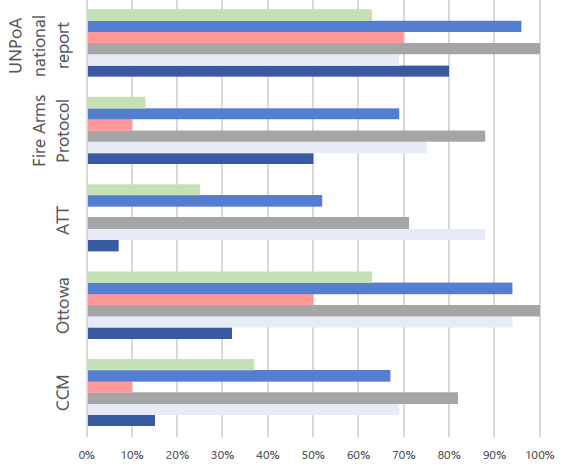
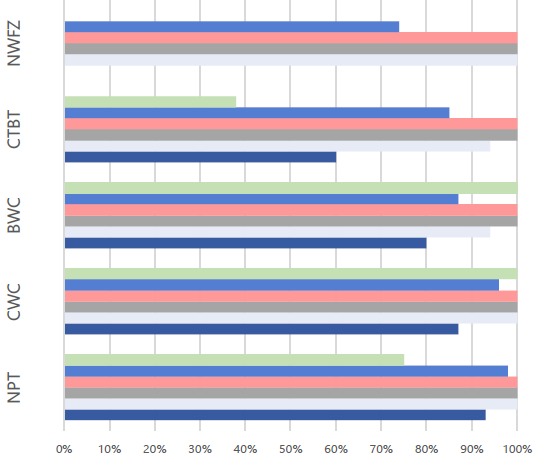
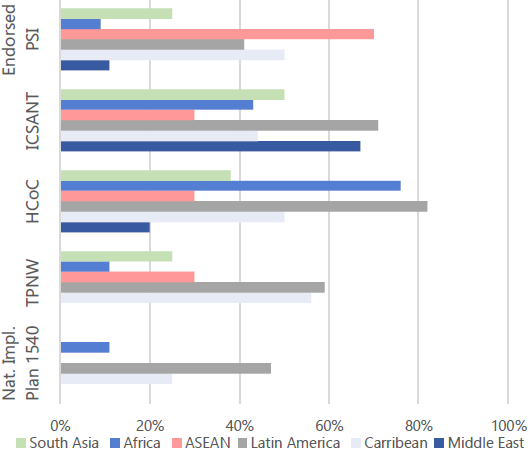
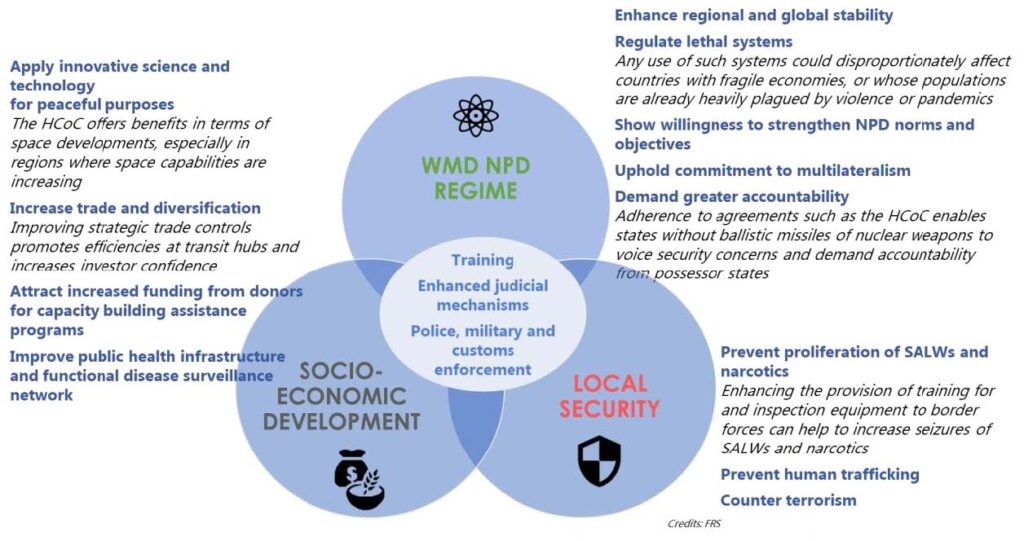
About the Hague Code of Conduct
Adopted in 2002, the Hague Code of Conduct against Ballistic Missile Proliferation (HCoC) is a politically>binding instrument aiming to limit the proliferation of weapons of mass destruction (WMDs) delivery vehicles.Composed of a set of transparency and confidence-building measures, the HCoC is the only existing multilateral instrument to focus on WMD delivery vehicles. Signed by 93 states at its inception, the HCoC hasnow reached 143 subscribing states (as of December 2020).
When subscribing to the HCoC, states commit to abide by a set of UN treaties and international conventions on space security; to submit an annual declaration regarding ballistic missile capabilities and national policy on non-proliferation and disarmament treaties and instruments; and to send pre-launch notifications prior to any missile or space launch. Documents are uploaded onto a dedicated online platform (available for subscribing states only) managed by Austria, which acts as the HCoC Immediate Central Contact. Subscription to the HCoC is free of charge.
While subscribing states are asked to exercise ‘maximum restraint’ in the development of ballistic capabilities, it should be stressed that they are not proscribed from possessing ballistic missiles nor from pursuing space launch activities. Subscribing to the HCoC also enables states to gain access to information shared by other subscribing states, and to demonstrate their political commitment to non-proliferation and disarmament.
i Shaan Shaikh, ‘Missiles and Rockets of Hezbollah,’ Missile Threat, CSIS, 26 June 2018, last modified 27 September 2019 https://missilethreat.csis.org/country/hezbollahs-rocket-arsenal/; Jean Masson, ‘Les missiles des Houthis: prolifération balistique et groupes armés non-étatiques,’ Recherches & Documents, Foundation for Strategic Research (FRS), December 2018.
ii Katja Lindskov Jacobsen and Johannes Riber Nordby, Maritime Security in the Gulf of Guinea, (Copenhagen, Denmark: Royal
Danish Defence College Publishing House, 2015).
iii See United Nations. Report of the Panel of Experts on Somalia Pursuant to Security Council Resolution 1474 (2003). S/2003/1035 of 4 November 2003.
iv There are unconfirmed reports that North Korea has sought to procure uranium reserves from Africa. See Itai Mushekwe, ‘Zimbabwe in ‘arms for uranium’ pact with North Korea,’ Nehanda Radio, 19 September 2013,
http://nehandaradio.com/2013/09/19/zimbabwe-in-arms-for-uranium-pact-with-north-korea/.

